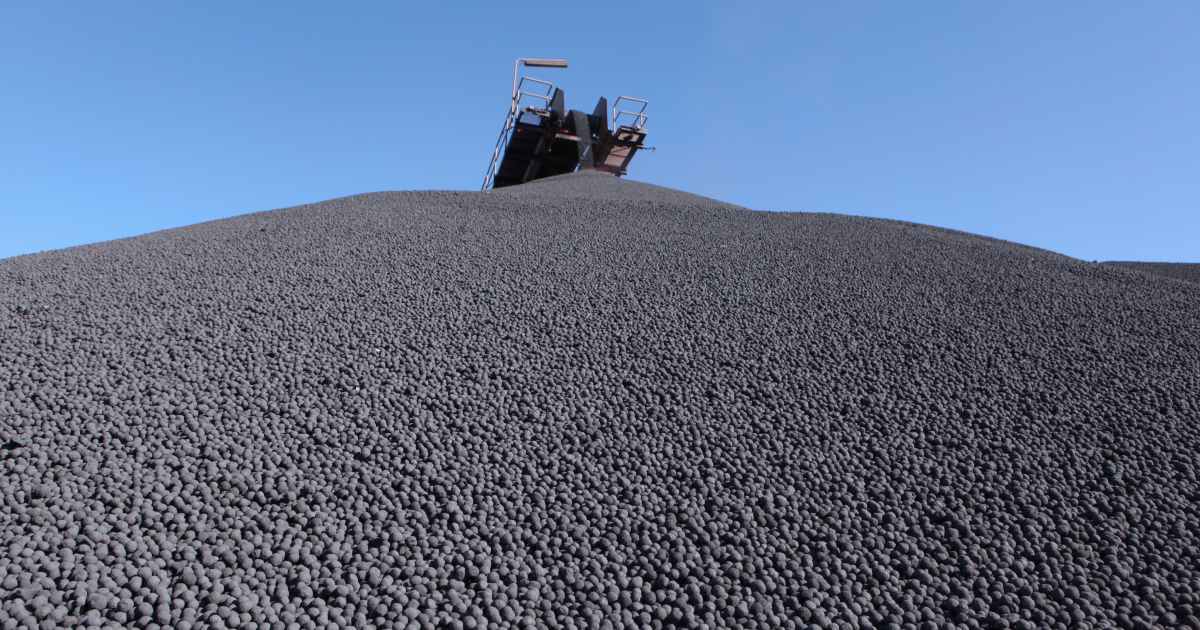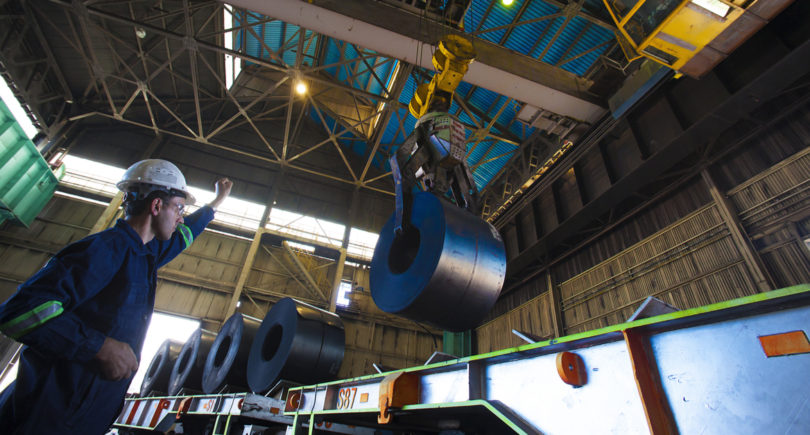
News Global Market EU 1965 16 January 2024
The main volume of products was shipped from Russia and Libya – 1.06 million tons and 405 thousand tons, respectively
In January-November 2023, the European Union reduced imports of direct reduced iron (DRI) by 17.4% compared to the same period in 2022, to 2.36 million tons. This is evidenced by Eurostat data.
In November 2023, DRI supplies to European consumers increased by 17.9% compared to October 2023, and decreased by 25.9% compared to November 2022 – to 177.78 thousand tons.
The main importers of direct reduced iron among the EU countries in January-November were Italy, Germany, Belgium, Spain and Austria, among others:
- Italy – 760.96 thousand tons (-15.7% y/y);
- Germany – 603.84 thousand tons (-7.9% y/y);
- Belgium – 258.24 thousand tons (-0.7% y/y);
- Spain – 233.39 thousand tons (+5.5% y/y);
- Austria – 166 thousand tons (-17.5% y/y).
Russia is the largest supplier of DRI to the European Union. In January-November 2023, Russian enterprises shipped 1.06 million tons of direct reduced iron to European consumers, down 28.3% compared to the same period in 2022. In November, the EU imported 62 thousand tons of relevant products from the Russian Federation (-20.9% y/y, +40.5% m/m).
The main importer of Russian products is Italy – 602.2 thsd tonnes, down 24.4% yoy. Belgium ranks second with 205.6 thsd tonnes (-17.6% y/y).
In January-November, Libya shipped 405 thousand tons of DRI to the EU, up 76.3% y/y. In November, European steelmakers imported 19.64 kt of direct reduced iron from Libya (-2.2% y/y, +1.2% m/m).

As GMK Center reported earlier, at the end of 2023, the European Union adopted the 12th package of sanctions against Russia. The new package extends the ban on imports of metallurgical products from Russia, including pig iron and mirror iron, direct reduced iron (DRI), copper and aluminum wire, foil, and aluminum pipes. The restrictions will ban imports of pig iron and DRI from January 1, 2026, and until then, quotas will be in place to reduce the volume of supplies.




